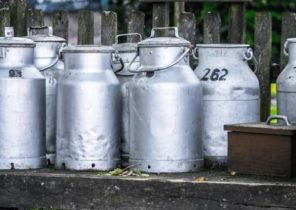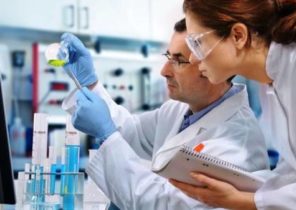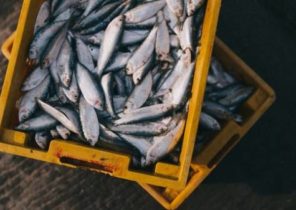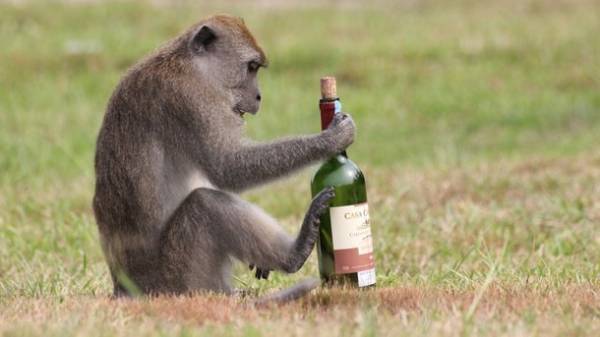
Scientists often doing strange and seemingly useless things — for example, watered drunk in laboratory animals: crayfish, mice. Many species cope without people find and eat fermented fruit, and scientists in such cases is very like to watch them. But all this is done in order to understand how and why drinking sapiens writes “Popular Mechanics”.
Last week in tops all the search engines left a message about how scientists from the University of Maryland watered cancers (Journal of Experimental Biology, 2017). It turned out that the speed of onset of intoxication cancers affects the degree of socialization: a highly socialized arthropods falling drunk much faster than their modest and uncommunicative fellow. Scientists have linked this with different excitability huge interneuron — the largest part of the nervous system of crayfish. In social animals, this neuron is sensitive to smaller amounts of stimulating substances, including, apparently, ethanol.
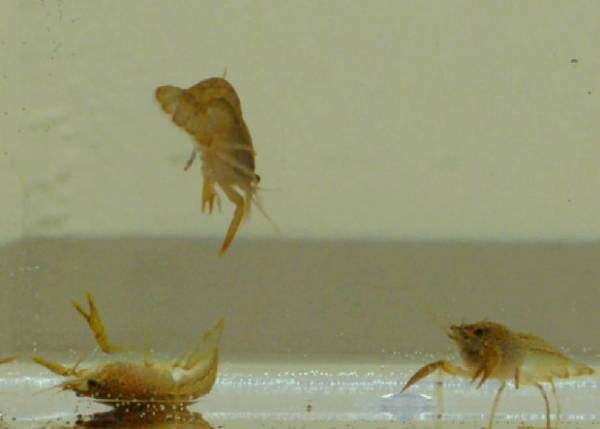
Drunken crabs waving their claws and tails, until he falls backwards
But even the most confined cancers are not equal in the ability to drink and never get drunk with prohveti the tree shrew (Ptilocercus lowii) is a small furry animal like a squirrel, which is found in the jungles of Sumatra. Tree shrew and her family, touching the slow Loris (Nycticebus) spend all day eating rotten and fermented fruit, receiving them with much alcohol, food the percentage of alcohol in their blood seven times above the limit after which can’t drive in most countries — but not even the animals began to stagger (Addiction Biology, 2010). A mechanism that allows Laurie and back to process such amounts of alcohol and never get drunk, has, according to scientists, the evolutionary advantage: the fermented fruit for them as nutritious and healthy as fresh.

The slow Loris, and tree shrews resistant to alcohol: they eat fermented fruit, but don’t get drunk, and always feel great
From tree shrews and Laurie would be the perfect scout, but not everyone is so lucky. Differently tolerate libations yellow-bellied voles. Among biologists, exploring the sexual behavior of animals, these plump little rodents popular as an ideal model animal for the study of monogamy: the couple they choose for life and never forget about your partner. As long as the treacherous technicians are not lowered into the cells of the tubules of drinkers with alcohol; drunk drunk, voles, and forget to think about monogamy and communicate with all who turned up (PNAS, 2008). And they try to stay on the same level of intoxication with a companion in one cage two mouse always drink equally alcohol and water, although, for example, sweet syrup they drink, not paying attention to how often she’s eating the neighbor.
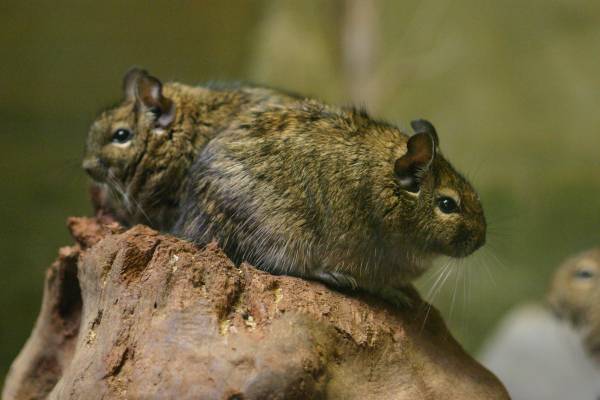
Alcohol causes voles to forget about everything, including about monogamy
Of course, scientists are brazed animals not to laugh; in most cases, the task of researchers is to find out how alcohol affects the nervous system. Often with the help of model animals, scientists are trying to understand why people drink. In 2014, the biology Professor from Berkeley, Robert Dudley published the book “The Drunken Monkey: Why We Drink and Abuse Alcohol” (“the Drunken monkey: why we drink”). Watching monkeys in the wild, Dudley has developed a theory according to which the love of alcohol has developed in Homo sapiens as the mechanism is easier to find food: after all, where the ground is littered with fermented fruits, is a good chance to find lots of fresh and ripe fruit still hanging on the branches.
